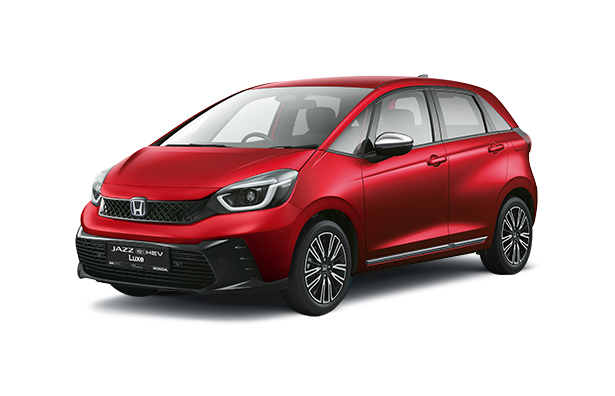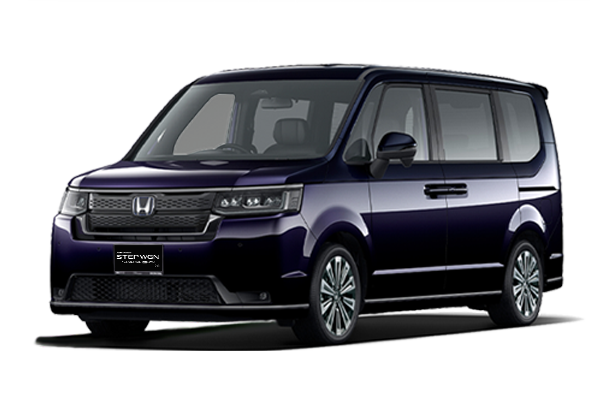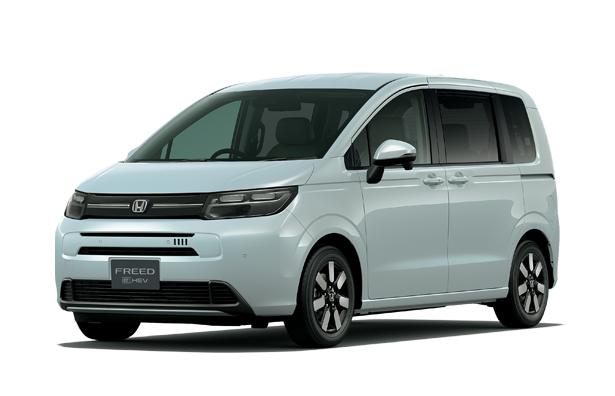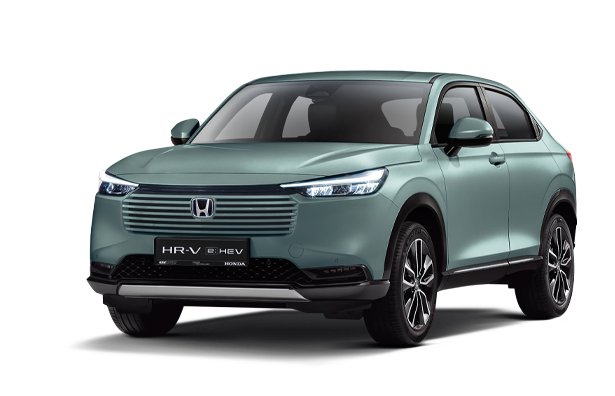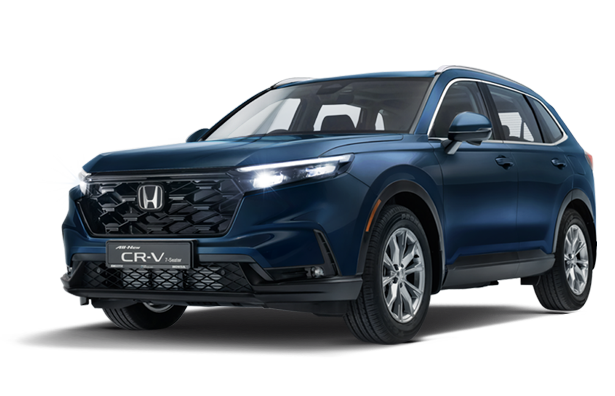
Honda’s non-hybrid small MPV still has plenty to offer in the face of stiff competition from the Toyota Sienta in Singapore
SINGAPORE
Honda’s Freed is finally…freed. It’s finally available as an official Honda model (i.e. not a parallel import), which along with its inherently practical nature, mean it’s on top of the list for small MPVs buyers here alongside its key rival, the Toyota Sienta.
The car makes its official debut here at the Singapore Motorshow 2023, but CarBuyer was the first to reveal its quiet return to the Lion City, way back in August ‘22.
The Freed has had a surprisingly unfree history, at least officially – the first-gen launched here in 2009, but was quickly replaced by the less popular made-in-Indonesia Honda Mobilio. The second-gen Freed debuted everywhere else in 2019, and it’s the facelift of this generation that we’re seeing here.

Judging by the huge response to the return of the official Freed we saw in terms of views and social media engagement, it’s a car that Singapore buyers are keenly interested in – so read on for our verdict.
Design and Appearance

It’s objective, of course, but in our opinion styling is where the Freed scores points. With MPVs you can either go two ways: Go totally van-like, or style it like a not-van. The Sienta leans into the former, and it’s enough to prompt people to comment on it in our YouTube review. But remember that anger breeds more social media engagement, so all the quietly okay with van-ness people are out there.
The Freed takes the cutes-y face of the Honda Jazz and makes it a bit more robotic, and while a small MPV will never enrich your soul as you gaze back at it during a sunset, it’s presentable and modern at least. The rake of the windscreen also makes it look more hatchback-esque than overly boxy.
Interior and Features

The Freed doesn’t pack a huge amount of features, by this we mean equipment and niceties, but this is very normal for an MPV as its feature-set revolves around seats and cargo flexibility, which we detail in the next segment.
The driver’s display is a conventional one, it’s horizontally-oriented and suits the purpose well – it’s situated near the windscreen for good visibility. The 9.0-inch infotainment system is, like the HR-V, a Alpine ‘semi-OEM’ system, so it’s not quite as nice nor sharp as the original Honda one we saw in the Jazz hatchback. But it does work well, thanks to Android Auto and Apple CarPlay functionality. The higher spec E7 model driven here has six-speakers, rather than the S7’s four.

We’ll talk about small storage spaces here before moving onto the meat of the experience. There are numerous places to stash your stuff: A horizontal locker style cubby just above the steering wheel, a cup holder and pull-out shelf under the gear shifter, another open stow space above the glovebox, and so on. The sheer number of little nooks and crannies available in the Freed to store your barang barang is simply astonishing.
Space and Practicality
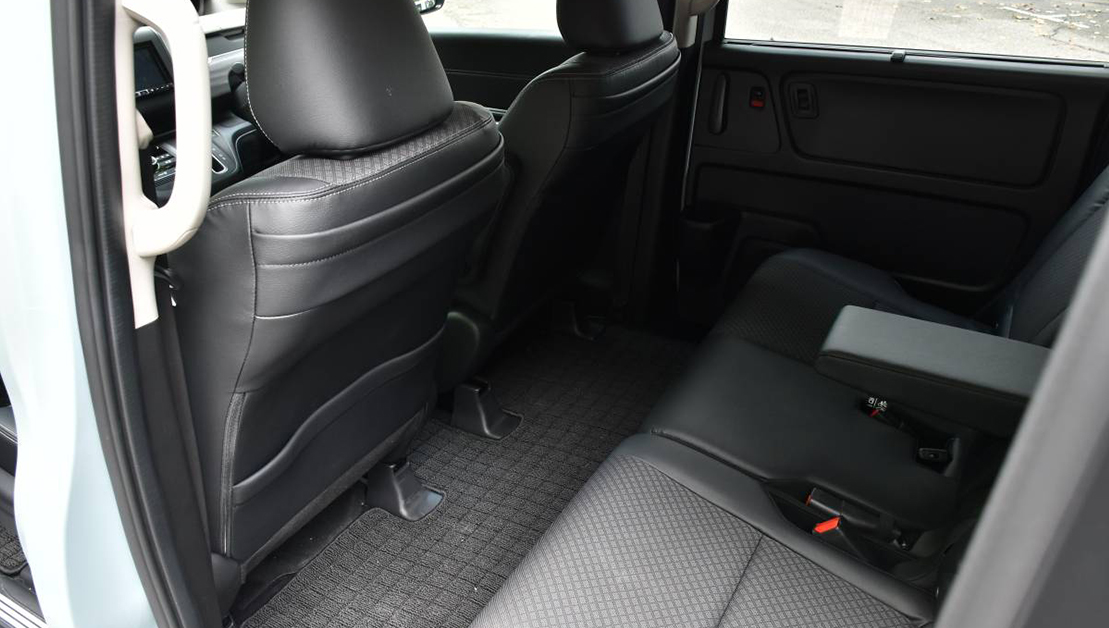
If you’ve never experienced a Japanese MPV before, the Freed has space and practicality that totally belies its size, thanks in part to the styling that hides its boxy, van-like nature. For that reason, the Freed will be beloved to families on a budget, either those with small children or the aged to ferry around.
Sliding doors are the first part of the equation – as the higher-spec S7 variant, this has two sliding doors instead of one. You can open them remotely, via the door handles (pull once), or buttons in the cockpit. This, plus the low floor, lets passengers enter the Freed with a whole lot of freedom, with little stooping, or stepping up/over/in. It’s so easy, it’s the utter, polar opposite of entering a sports car. Large windows and a tall roof make the car feel spacious, and legroom is decent (and adjustable, as explained below).

A mainstream Honda wouldn’t be a Honda without an extremely clever, and useful, seating system, and the Freed has one of the cleverest we’ve experienced to date.
It does all the usual seven-seater tricks: a movable second row that can be adjusted for backrest angle, so if you have large passengers, for instance, you can kick this row back for more space. Conversely, if you have to fill the third row, you can move the second row forward for more human-worthy space behind.

Entering it is easy, thanks to the auto-tumble second row. Life there is ok, you could fit Real Adults there for short jaunts. The only real drawback is the lack of second-row aircon vents, which means you need to crank up the aircon in front on hot days.

It also juggles people and cargo well. Like the Sienta, the rear seats fold up and outwards, while the second row tumbles forwards, as mentioned, to show a cavernous interior cargo space. Honda doesn’t quote a figure, but it’ll easily swallow two bicycles. One of us used the car when moving house, and found that there was more than enough space in the Freed to accommodate all sizes of boxes big and small.

As with all small MPVs, you would have trouble carrying seven people and their baggage, but in and around the city, a load of seven is surprisingly do-able, while five will fit with leg and head comfort, though with a bit of shoulder squeezing.

The Freed also goes the extra mile with interior flexibility – you can rearrange the seats by folding the second row almost flat for a lounge-like experience, or you can alternatively fold the first row flat for a similar experience.
Driving Experience

The specs read unimpressively: torsion beam suspension, 1.5-litre non-turbo, and so on. But the Freed is a car that is more than the sum of its spec sheet.
Where it delivers on making a driver feel free is how it delivers on the road. In that typical Honda way, the Freed is a surprisingly fun car to drive, while at the same time being perfectly capable in the day-to-day.
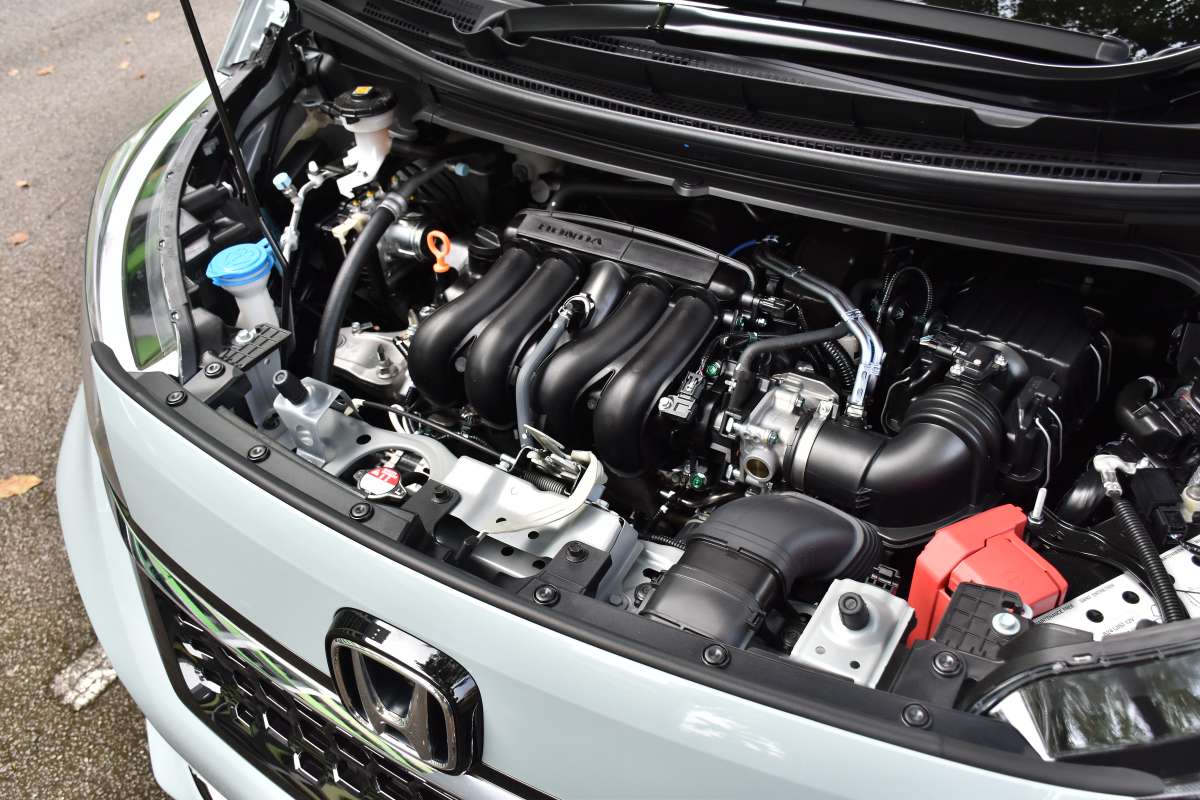
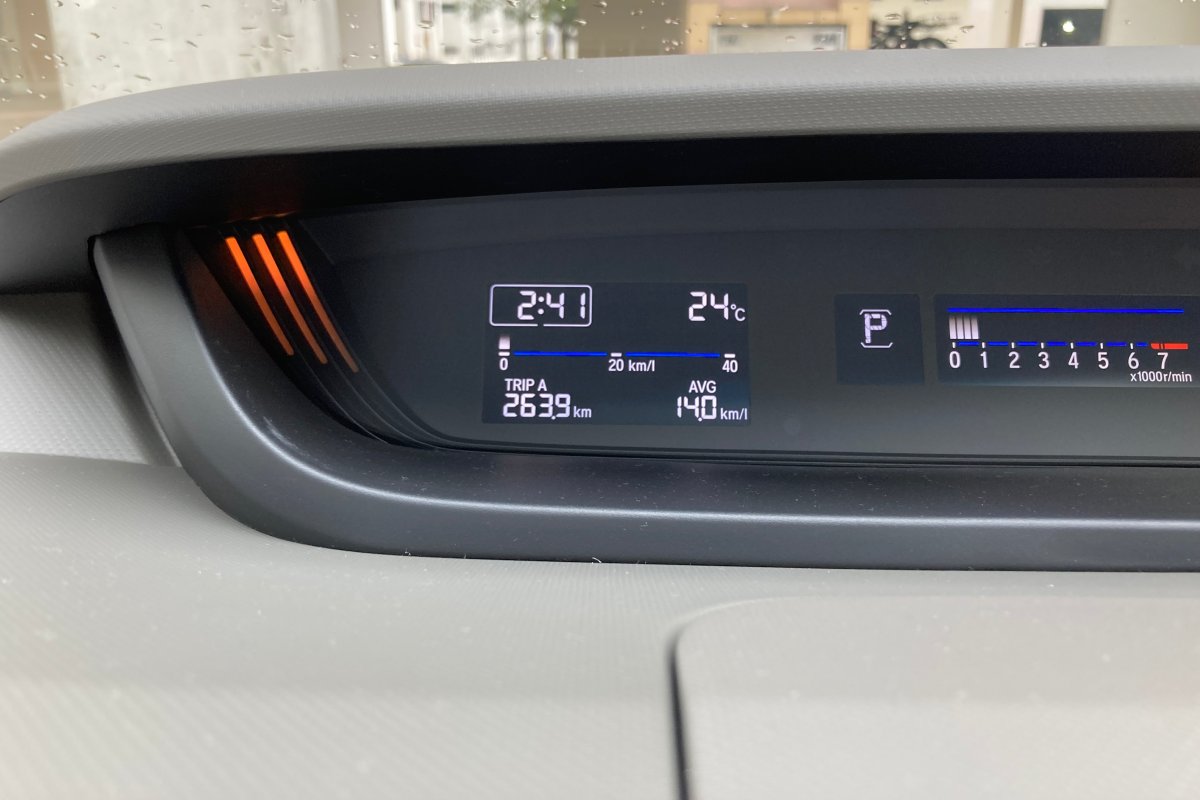
On that note, the CarBuyer Team averaged 5.0 to 8.0L/100km, with an 80/20 highway mix clocking in around 7.0L/100km. The low-speed efficiency is improved slightly, by the addition of start-stop, but we lament the official availability of a hybrid version in this increasingly electrified age.
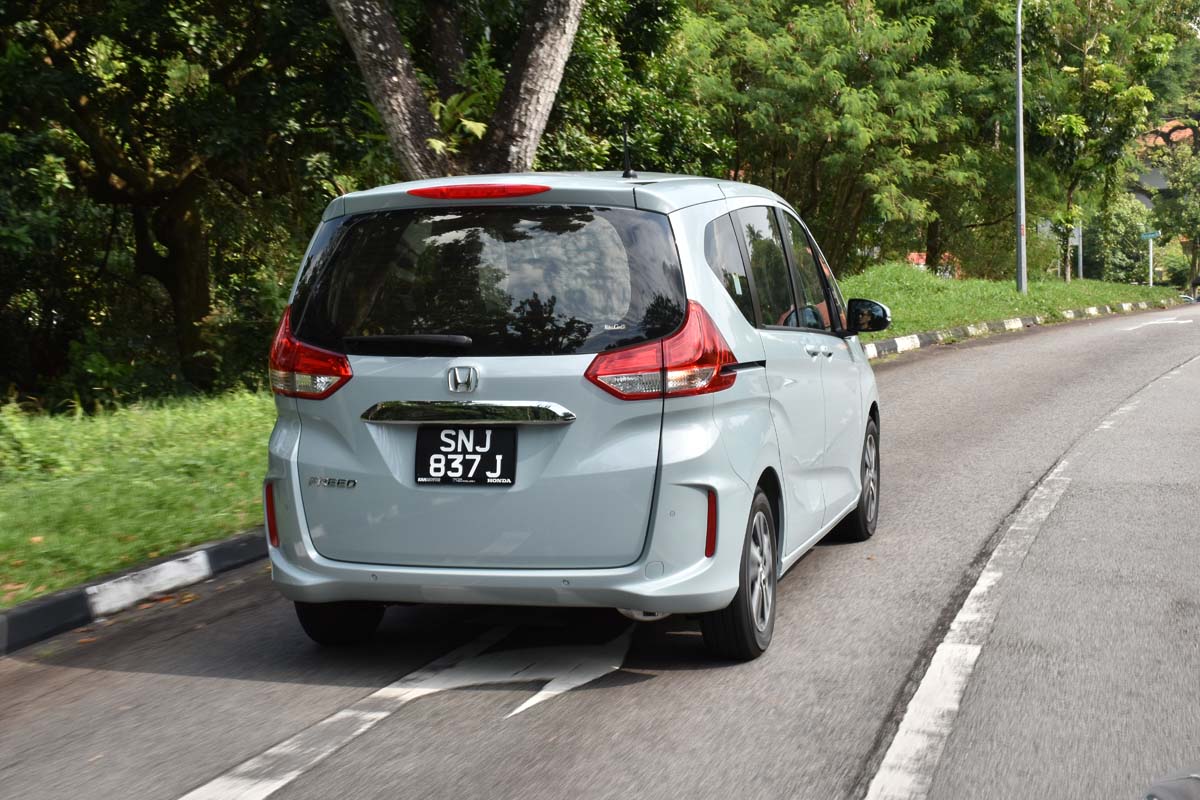
MPVs almost never put a premium on driving fun, but it feels like Honda’s engineers didn’t read the rulebook on the Freed. When you want to emulate Max Verstappen, the Freed doesn’t lay everything at your feet and give up the ghost, but does a great job of supporting the driver. It’s also quite refined, with less crash and shudder than the Sienta. On a long trip to Malaysia, the Freed has the edge over the Toyota.
The flipside to this is that Honda has left out active safety features entirely in the Freed, a contrast to the Sienta’s suite of active safety systems. We can see why – adding equipment literally inflates price – but in this case, it’s a significant omission.
Competition and Pricing
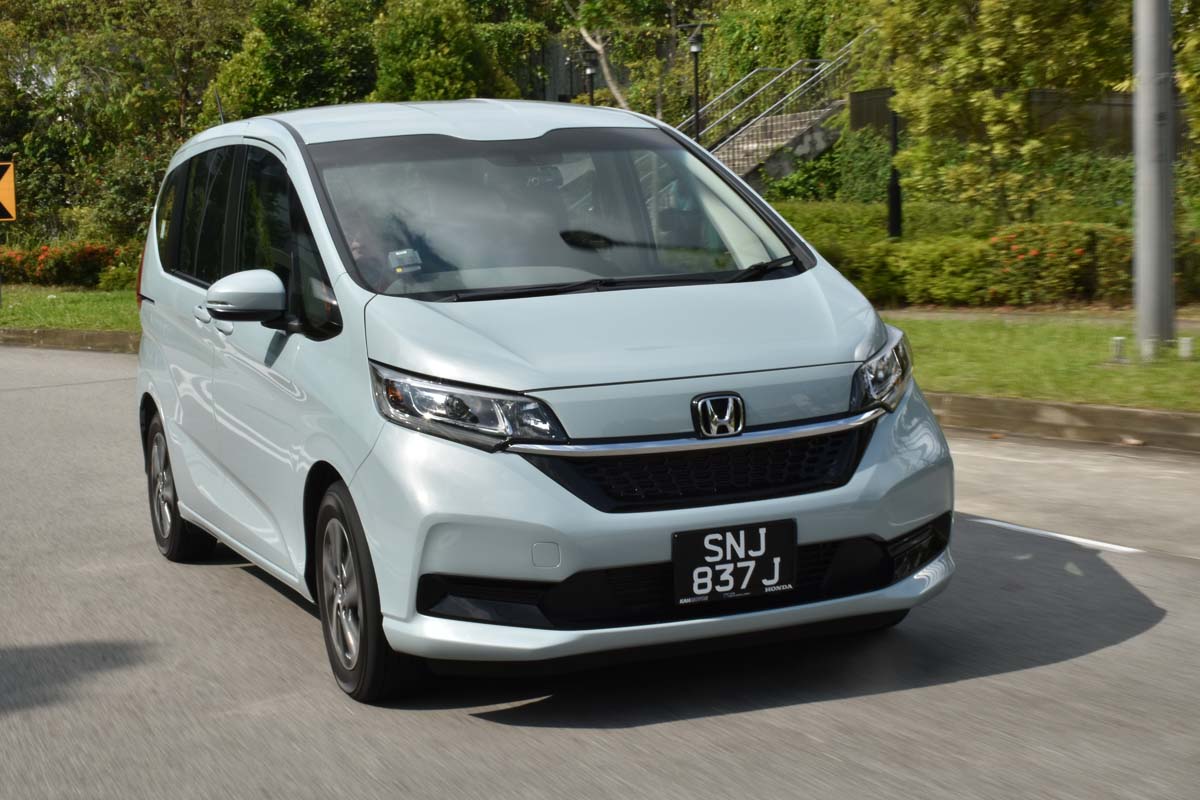
As small Japanese seven-seaters go, there’s only one real competitor here: the Toyota Sienta. Both have sliding doors, masses of headroom, flexible interiors, and room for five plus seven on short trips.
The Sienta has two main advantages: A very efficient hybrid system, and its active safety system, TSS (Toyota Safety System).
Accordingly, the Freed has two main advantages over the Sienta: It drives better, and is more refined, while it also has a slight edge in the flexibility of the interior.
Conclusion
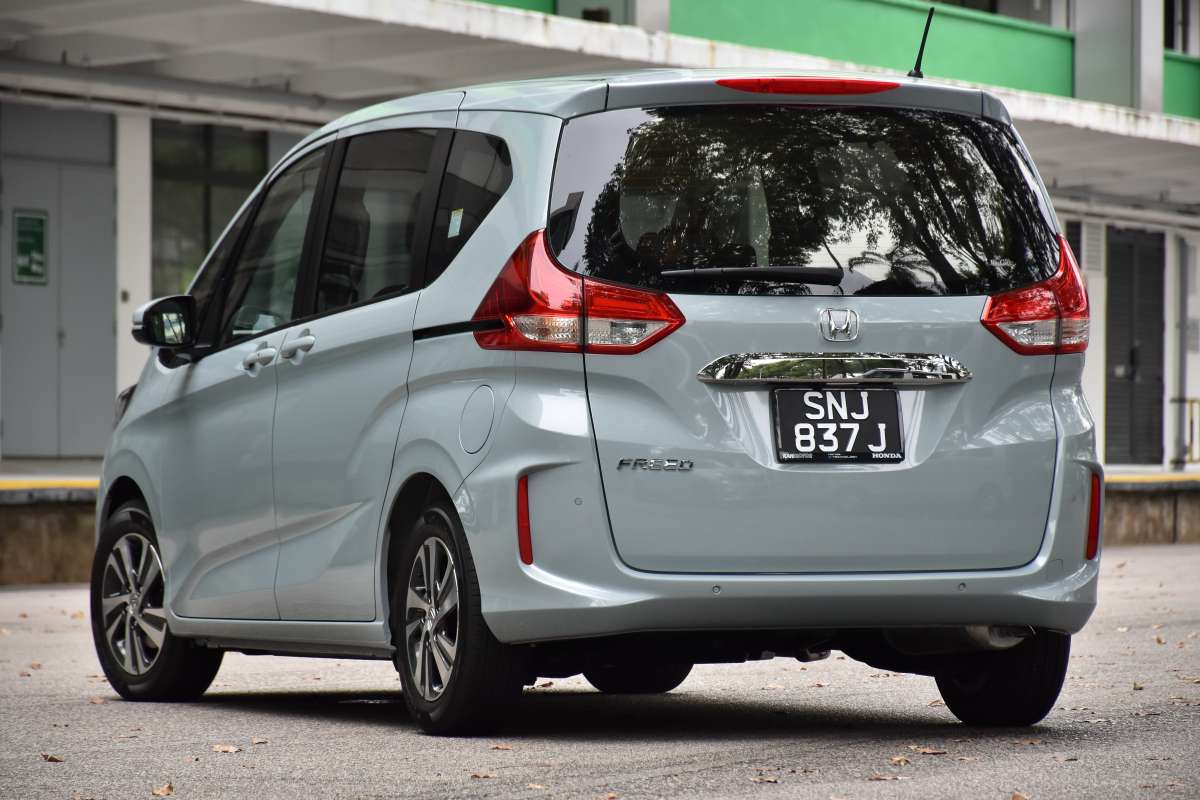
As a purely functional MPV, the Freed ticks all the requisite boxes. There’s plenty of space to accommodate people and things, as well as lots of neat little tricks throughout its very versatile cabin. It’s also a surprisingly decent drive, though its lack of hybridisation, as well as its less-than-comprehensive safety features do seem like major shortfalls.
That said, what the Freed also offers is the freedom of choice, and with it and the Sienta now available, family men looking for an affordable small seven-seater MPV now at least have the option to choose between two really rather attractive offerings in the market.
Credits: Carbuyer Author: Carbuyer Team
Original Source: https://carbuyer.com.sg/2023-honda-freed-review-singapore/

